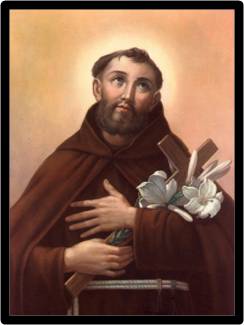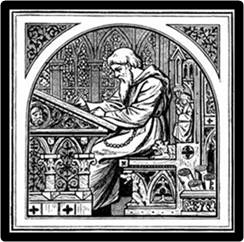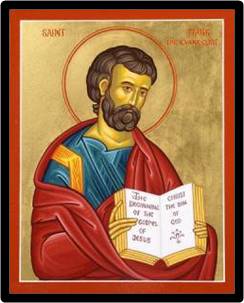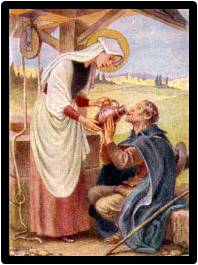APRIL 24 - ST. FIDELIS OF SIGMARINGEN

Mark Rey was born at Sigmaringen in Germany. He studied at the well-known University of Freigburg to become a lawyer. Even as a student, he liked to visit the sick and the poor and daily spent time in prayer. When Mark, finished his studies he became a famous lawyer.
His brother George chose to become a Capuchin Franciscan priest.
As a lawyer, Mark often took on the cases of poor people who had no money to pay. He was nicknamed, “The Poor Man’s Lawyer.” Now, because he was very honest, Mark was shocked at the dishonesty of the law courts and gave up the law.
Instead, he gave away all his wealth to the poor and followed his brother to priesthood. When he became a priest, he took the name Fidelis, which means “faithful.”
Father Fidelis was filled with joy when he was asked to go preach in Switzerland where there were many enemies of the Catholic faith. He wanted to win these people called the Calvinists and Zwinglians back to the Church. His preaching brought wonderful results and many people were converted.
Enemies of the Church grew angry at his success. St. Fidelis knew that his life was in danger, but he went right on preaching. In the middle of a sermon one day, someone shot at him, but the bullet missed.
Father Fidelis knew he had to leave town at once and he did. But as he was walking down the road to the next town, a mob of angry men stopped him. They ordered the priest to give up the Catholic faith. St. Fidelis firmly refused.
The men then attacked him with spiked clubs and crude tools. The wounded priest pulled himself up to a kneeling position. He prayed: “Lord, forgive my enemies. They do not know what they are doing. Lord Jesus, have mercy on me! Holy Mary, my Mother, help me!”
Then the men attacked him again until they were sure he was dead. St. Fidelis died a martyr in 1622 at the age of forty-four at Grusch, Grisons in Switzerland.



